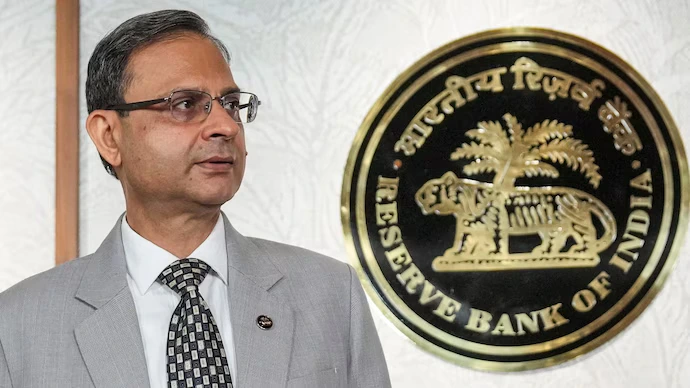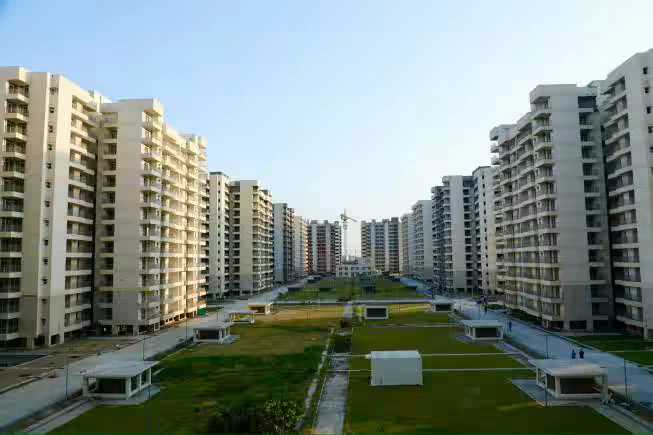Table of Content
India’s retail REIT market is poised for remarkable expansion, with estimates suggesting it could reach ₹60,000–80,000 crore by 2030, contributing nearly 30–40% of the total REIT market value. According to a recent ANAROCK Retail report, the overall Indian REIT market is projected to cross ₹2 lakh crore ($25 billion) by the end of the decade and the retail segment is emerging as one of its fastest-growing components.
With institutional investors showing strong appetite for yield-generating assets and developers actively building high-quality malls across major cities, India’s retail REIT ecosystem is entering a new growth phase. Currently, the country has five listed REITs, of which only one Nexus Select Trust is focused on retail assets, but several new listings are expected in the coming years.
Retail REITs Poised for Expansion
The report highlights that India’s retail REIT market is still at a nascent stage but is now set for accelerated institutionalisation.
According to Anuj Kejriwal, CEO & MD of ANAROCK Retail, India could see 2–3 new retail REIT listings within the next five years, supported by a robust pipeline of Grade A malls and a sharp recovery in retail consumption.
Key factors driving this expansion include:
- The maturity of Grade A malls as consistent, income-yielding assets.
- A post-pandemic resurgence in urban consumption and leisure spending.
- Growing institutional investor interest in retail-led real estate.
Globally, retail REITs form around 15–25% of total REIT capitalization, which indicates that India still has significant headroom for growth.
Also Read: Housing Sales Dip 1% in Q3 2025 Across India, MMR and Pune Hit the Hardest
Tier-II Cities: The New Frontiers of Retail Investment
A notable shift in India’s retail REIT story is the growing role of Tier-II cities such as Indore, Surat, Coimbatore, Bhubaneswar, and Chandigarh. Developers including Phoenix Mills, Prestige Estates, and Nexus Malls are expanding aggressively into these high-consumption zones.
These emerging markets are witnessing new Grade A retail developments spanning 1–1.2 million sq ft, with an emphasis on F&B, entertainment, and lifestyle retail. Rising disposable incomes, aspirational consumer behavior, and limited supply of organized retail spaces are making Tier-II cities an attractive investment destination for both developers and institutional investors.
Market Leaders Driving Institutional Scale
A handful of large developers currently dominate the India’s retail REIT landscape. Their expanding portfolios and strong financial governance make them prime candidates for future REIT listings:
- Nexus Malls (Blackstone-backed): 19 malls, ~10 million sq ft across 14 cities
- Phoenix Mills: 12 malls, ~11 million sq ft in major metros
- DLF & DCCDL: 8 malls, ~4 million sq ft across Delhi-NCR
- K Raheja Corp: 5 malls, ~3 million sq ft in Mumbai Metropolitan Region
- Pacific Group: 9 malls spread across NCR
- Lakeshore: 5 malls, ~3 million sq ft across NCR and MMR
This consolidation within the sector ensures stable rent structures, consistent yields, and institutional-grade governance, all of which are essential characteristics for REIT-friendly portfolios. Industry experts anticipate that several of these developers will soon monetize parts of their retail assets through public REIT offerings.
Leasing Momentum Reflects Strong Demand
According to ANAROCK’s RELEAP H1 2025 report, India added nearly 2.8 million sq ft of new mall space a sharp 155% year-on-year increase. Net absorption stood at 2 million sq ft, up 31% YoY, underscoring robust demand from retailers and F&B brands alike.
Apparel and food & beverage segments together accounted for over 55% of total leasing, while experiential and entertainment zones gained traction as anchors of customer engagement. This shift towards experience-led retail signals a sustainable evolution in consumer behavior and underpins the long-term potential of India’s retail REIT market.
Institutionalisation and the Road Ahead
ANAROCK’s analysis also projects that the top five mall developers will control nearly 60% of India’s organized retail stock within five years, paving the way for a more institutionalized market structure.
This evolution will not only enhance transparency and liquidity but also encourage foreign capital participation in India’s retail real estate.
The sector is also witnessing redevelopment of ageing malls into modern mixed-use lifestyle hubs that blend retail, entertainment, co-working, and hospitality.
As Kejriwal notes, “Retail is moving to the centre stage as a resilient, high-yield asset class ready for institutional scale.”
Also Read: MHADA Delays Mumbai Housing Lottery, Next Draw Likely in March 2026
Why Retail REITs Matter for Investors
For investors, India’s retail REIT market represents a unique opportunity to access high-quality, income-generating retail properties without the challenges of direct ownership. Retail REITs offer:
- Stable rental income from top-performing tenants
- Inflation-linked rent escalations ensuring long-term value
- Diversified exposure across multiple consumption categories
Additionally, the introduction of SM REITs (Small and Medium REITs) is expected to open up retail real estate to smaller investors, broadening the participation base and deepening liquidity.
Conclusion
India’s retail real estate market is entering a transformative phase from being developer-driven to becoming institutionally managed and globally competitive. Rising consumption, increased leasing momentum, and developer consolidation are setting the stage for rapid growth.
By 2030, India’s retail REIT market could be valued at ₹60,000–80,000 crore, accounting for roughly one-third of the country’s total REIT market.
With its combination of stable yields, scalable assets, and investor confidence, the retail segment is well on its way to becoming the next growth engine of India’s real estate economy.







Ans 1. A retail REIT (Real Estate Investment Trust) owns and operates income-generating retail assets such as shopping malls and commercial centers, allowing investors to earn returns from rental income and property appreciation without owning physical assets.
Ans 2. India’s retail REIT market is expected to reach between ₹60,000 and ₹80,000 crore by 2030, making up nearly 30–40% of the country’s total REIT market value.
Ans 3. Rising urban consumption, the development of Grade A malls, growing investor confidence, and institutional participation are the main growth drivers behind India’s retail REIT boom.
Ans 4. At present, India has five listed REITs, but only one Nexus Select Trust is focused exclusively on retail assets. More retail-focused REITs are expected to launch within the next few years.
Ans 5. Major players include Nexus Malls, Phoenix Mills, DLF, K Raheja Corp, Pacific Group, and Lakeshore, all of whom manage large portfolios of Grade A malls across key cities.
Ans 6. Cities like Indore, Surat, Bhubaneswar, and Coimbatore are emerging as retail hubs due to rising incomes, limited organized retail supply, and increasing demand for lifestyle and entertainment spaces.
Ans 7. In H1 2025, India added around 2.8 million sq ft of new mall space, a 155% year-on-year increase, with leasing driven largely by apparel and food & beverage brands.
Ans 8. Retail REITs offer stable rental income, inflation-protected rent escalations, diversified exposure to multiple consumption sectors, and easier liquidity compared to owning retail property directly.
Ans 9. SM REITs (Small and Medium REITs) will allow smaller investors to participate in the real estate market, improving accessibility and liquidity in the retail investment ecosystem.
Ans 10. The rise of retail REITs marks India’s shift toward a more institutional and transparent real estate market, strengthening investor confidence and aligning the country with global real estate investment standards.